syn·site
The future of dynamic, decentralized, and immersive digital spaces.
Decentralized: syn-site operates as a decentralized metaverse, bridging physical and digital realms. This dynamic space, where reality's boundaries blur, allows seamless transitions between real-world locations and virtual environments. Reminiscent of blockchain's decentralization, syn-site encapsulates simultaneous experiences, embodying the coexistence, evolution, and interaction of diverse elements within a networked space.
Agile: syn-site embodies agility. Like a living, breathing entity, it thrives on change and evolution, much like an Agile development team. A syn-site integrates various participants, locations, and perspectives to achieve common goals, adapting and responding to shifts in environments and conditions.
Boundaryless: syn-site exemplifies a boundaryless platform, a site where traditional barriers dissolve. It evolves continuously, adapting and reshaping itself, incorporating new components, and reconfiguring existing ones. Its boundaryless nature empowers users, encouraging active participation and co-creation within this decentralized domain.
Syn-site is not just a place, it's an experience! It marries the power of blockchain technology, the adaptability of Agile methodologies, and the boundaryless nature of modern platforms. Syn-site represents the future of spatial interaction, a quantum leap in the evolution of digital spaces. Welcome to Syn-site, where every place, thought, or dream you've ever had can coexist, interact, and create new experiences. It's not just a site, it's a universe!
The future of dynamic, decentralized, and immersive digital spaces.
Decentralized: syn-site operates as a decentralized metaverse, bridging physical and digital realms. This dynamic space, where reality's boundaries blur, allows seamless transitions between real-world locations and virtual environments. Reminiscent of blockchain's decentralization, syn-site encapsulates simultaneous experiences, embodying the coexistence, evolution, and interaction of diverse elements within a networked space.
Agile: syn-site embodies agility. Like a living, breathing entity, it thrives on change and evolution, much like an Agile development team. A syn-site integrates various participants, locations, and perspectives to achieve common goals, adapting and responding to shifts in environments and conditions.
Boundaryless: syn-site exemplifies a boundaryless platform, a site where traditional barriers dissolve. It evolves continuously, adapting and reshaping itself, incorporating new components, and reconfiguring existing ones. Its boundaryless nature empowers users, encouraging active participation and co-creation within this decentralized domain.
Syn-site is not just a place, it's an experience! It marries the power of blockchain technology, the adaptability of Agile methodologies, and the boundaryless nature of modern platforms. Syn-site represents the future of spatial interaction, a quantum leap in the evolution of digital spaces. Welcome to Syn-site, where every place, thought, or dream you've ever had can coexist, interact, and create new experiences. It's not just a site, it's a universe!
SYN (along with, at the same time | from Greek SYN, with | ~SYNTHETIC) + SITE (N: point of event, occupied space, internet address; V: to place in position | from Latin SITUS, location, idleness, forgetfulness | ~WEBSITE ¬cite ¬sight), cf. SITE/NON-SITE (from Robert Smithson, A PROVISIONAL THEORY OF NONSITES, 1968)
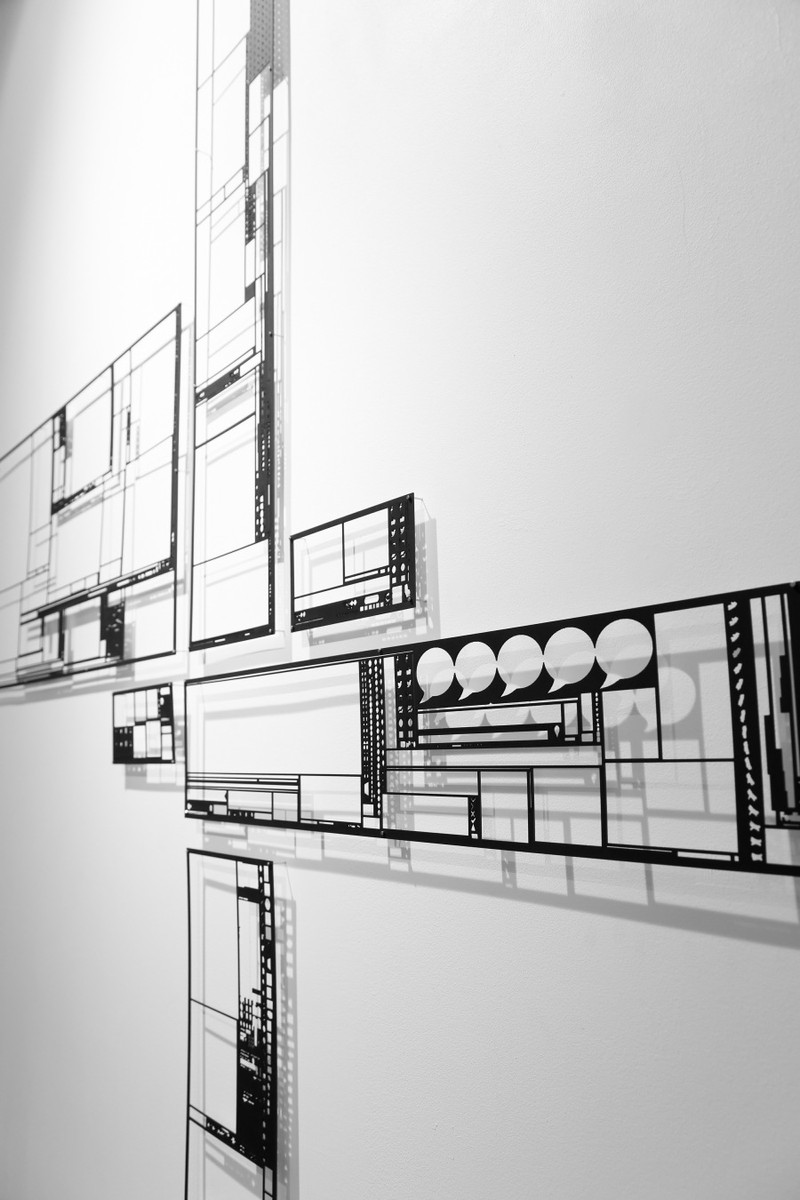





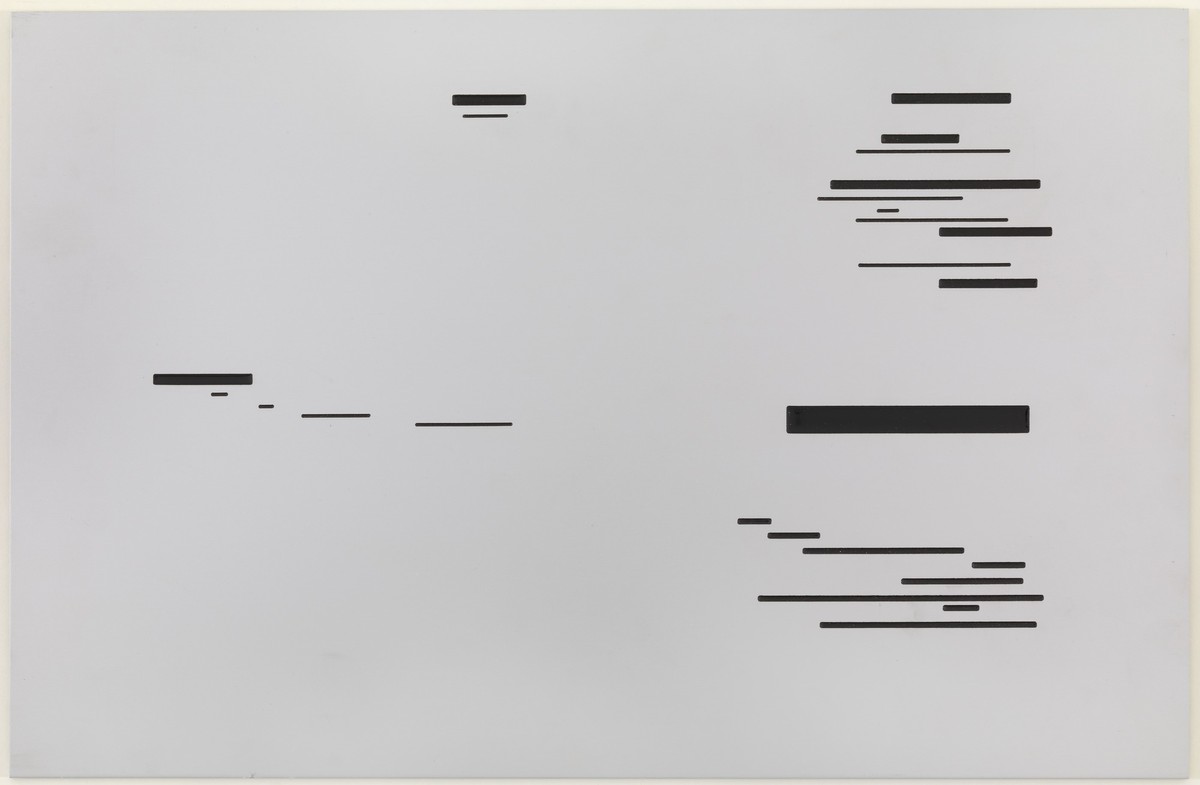


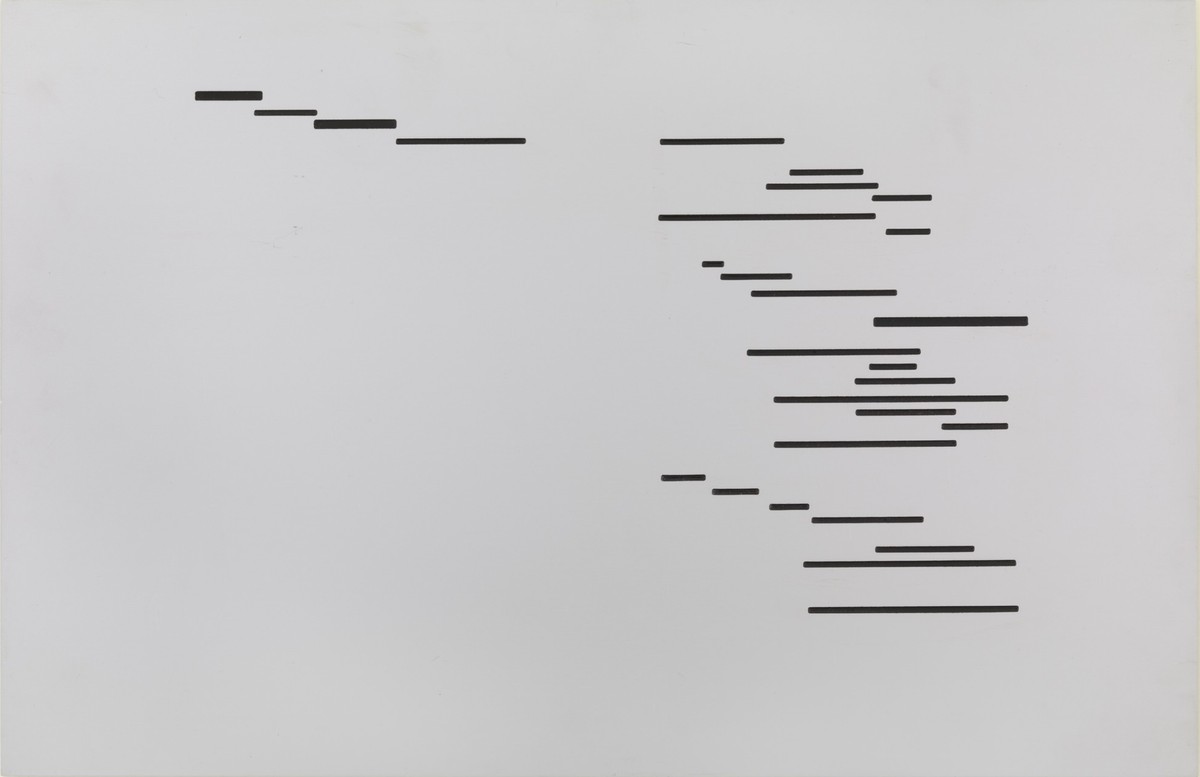





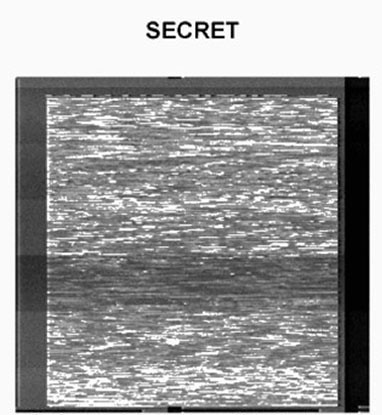


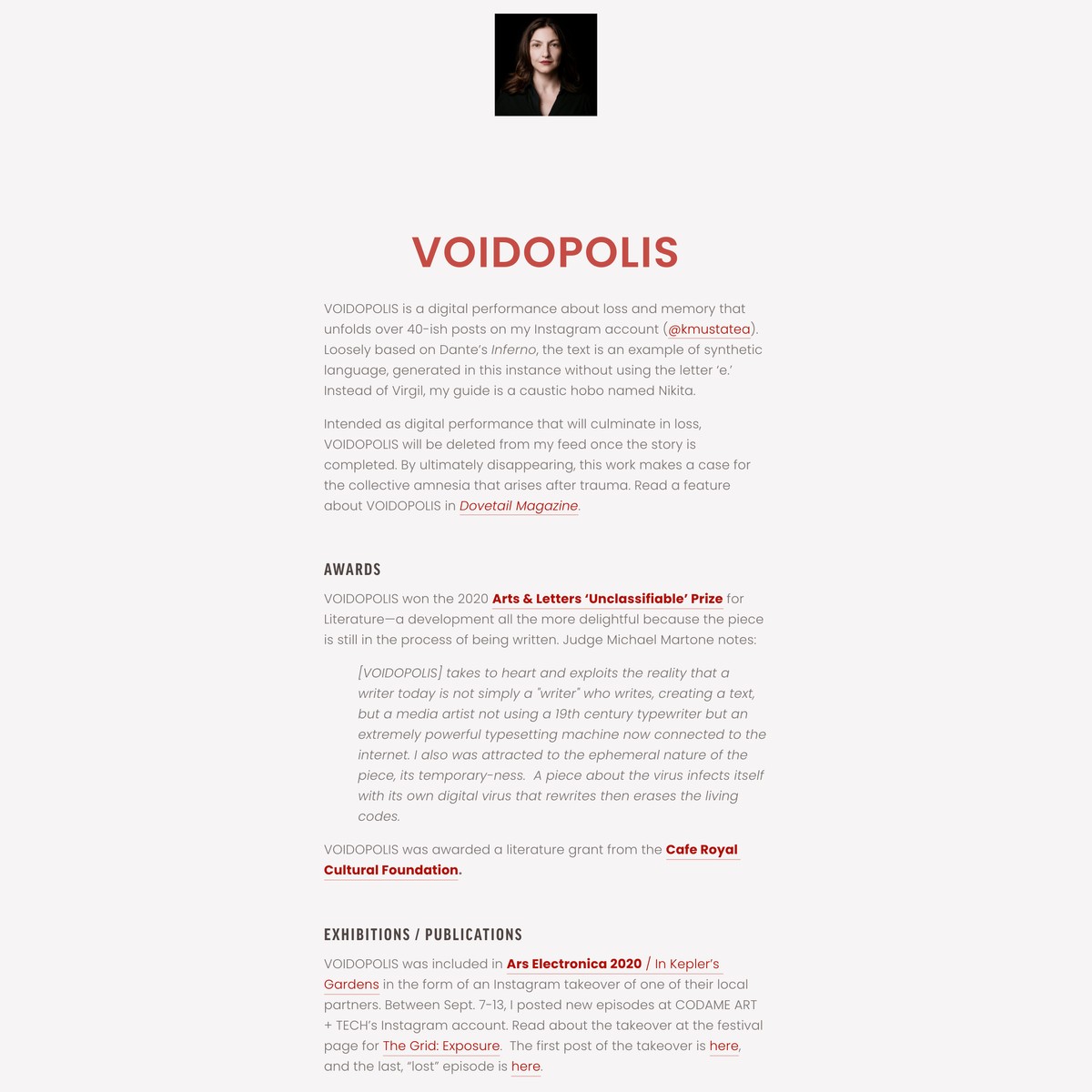


…the only hope is in error because when all the technological systems work—we are lost.
…the only hope is in error because when all the technological systems work—we are lost.
…the only hope is in error because when all the technological systems work—we are lost.



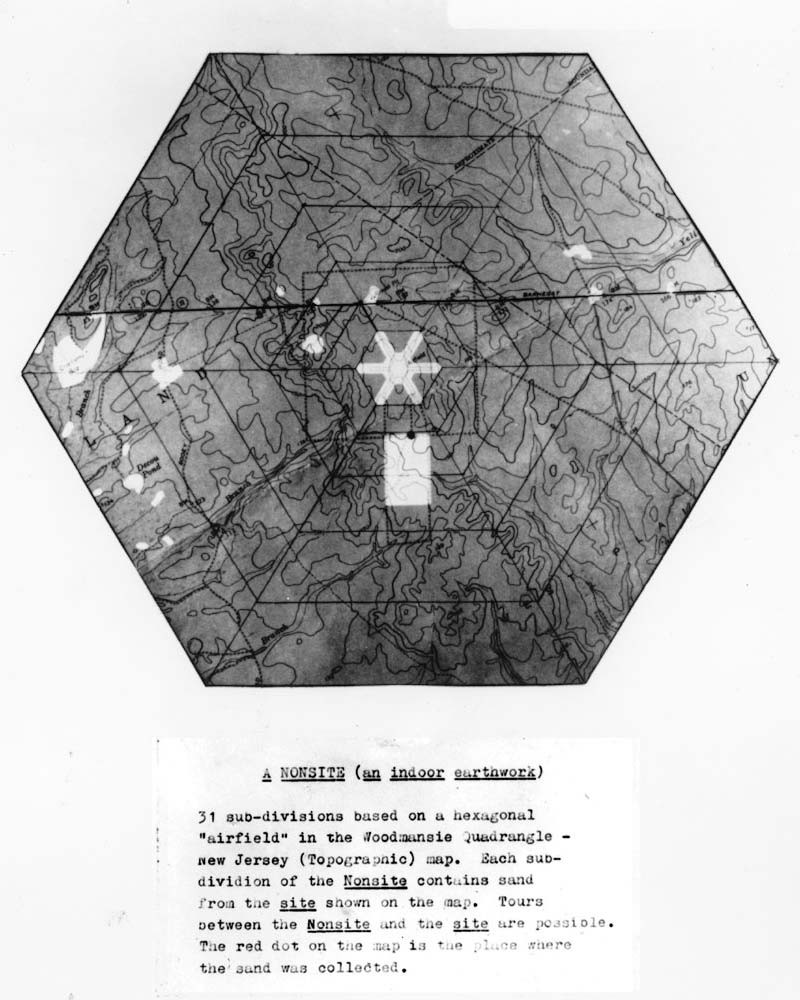








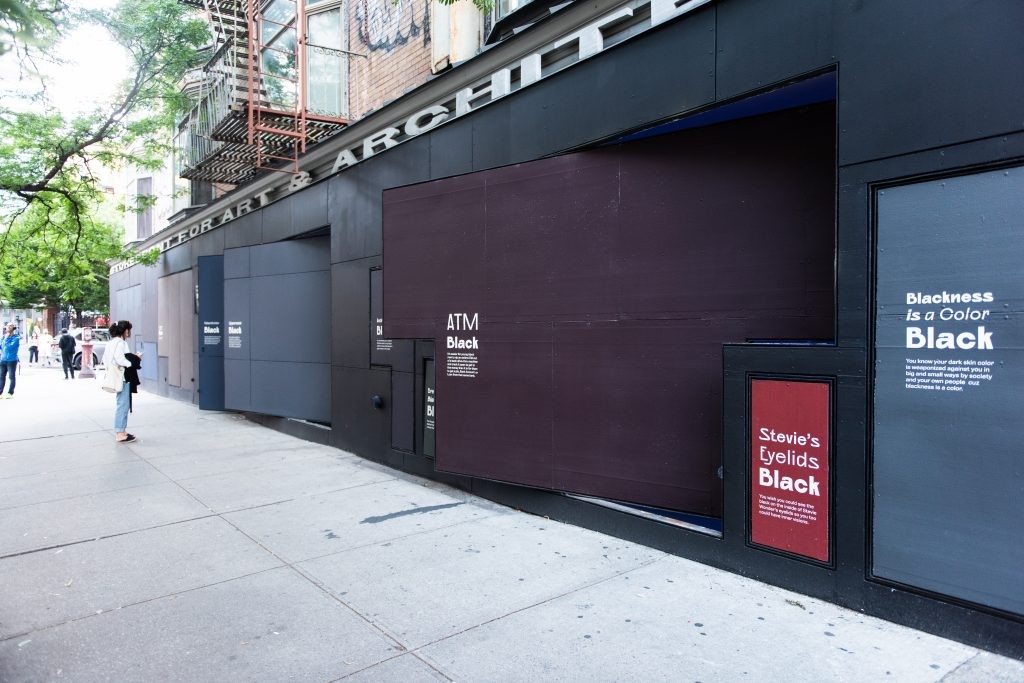


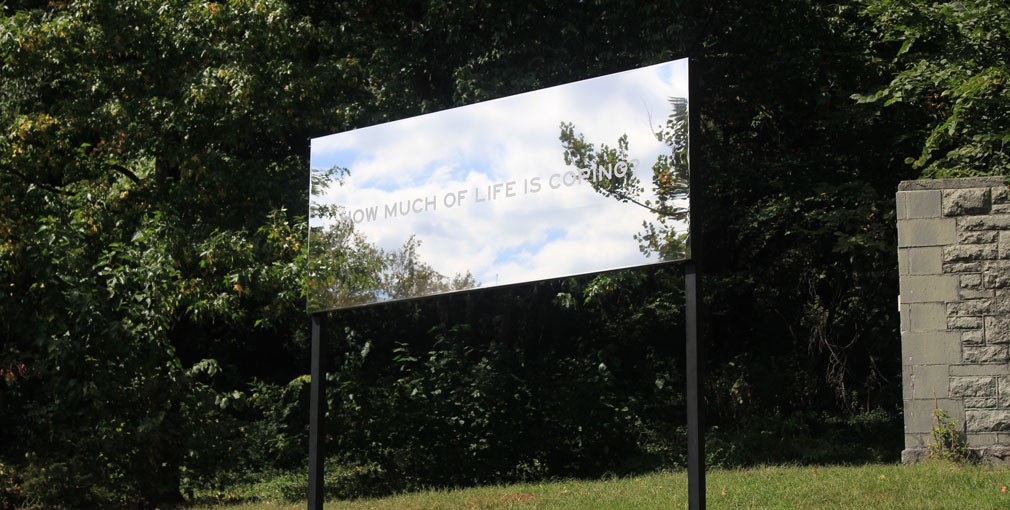


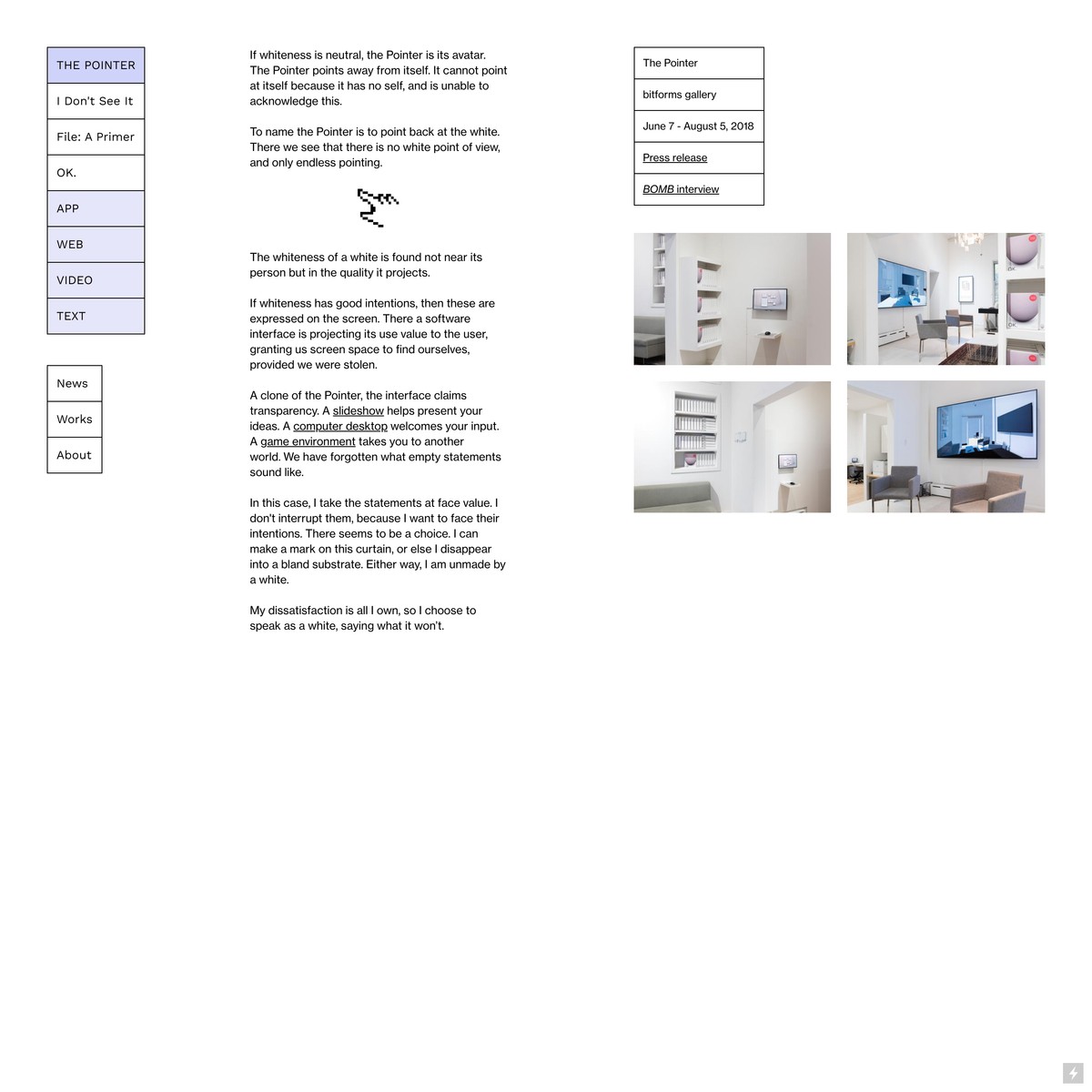


Broodthaers claims and then augments Mallarmé’s poem to produce a new, third body, a field between the works. The whole is without novelty, save the spacing of one’s reading; the blanks, in effect, assume importance. The madness of the “a self-annihilating nothing” prescription. But this was only to be expected, since Broodthaers was an imitation artist. It may be that the supreme triumph of such advanced art is to cast doubt on its own validity, mixing a deep scandalous laughter with the religious spirit. There’s a violence in this turn, the same violence that attends graffiti: Don’t think, look!
Broodthaers claims and then augments Mallarmé’s poem to produce a new, third body, a field between the works. The whole is without novelty, save the spacing of one’s reading; the blanks, in effect, assume importance. The madness of the “a self-annihilating nothing” prescription. But this was only to be expected, since Broodthaers was an imitation artist. It may be that the supreme triumph of such advanced art is to cast doubt on its own validity, mixing a deep scandalous laughter with the religious spirit. There’s a violence in this turn, the same violence that attends graffiti: Don’t think, look!
Broodthaers claims and then augments Mallarmé’s poem to produce a new, third body, a field between the works. The whole is without novelty, save the spacing of one’s reading; the blanks, in effect, assume importance. The madness of the “a self-annihilating nothing” prescription. But this was only to be expected, since Broodthaers was an imitation artist. It may be that the supreme triumph of such advanced art is to cast doubt on its own validity, mixing a deep scandalous laughter with the religious spirit. There’s a violence in this turn, the same violence that attends graffiti: Don’t think, look!
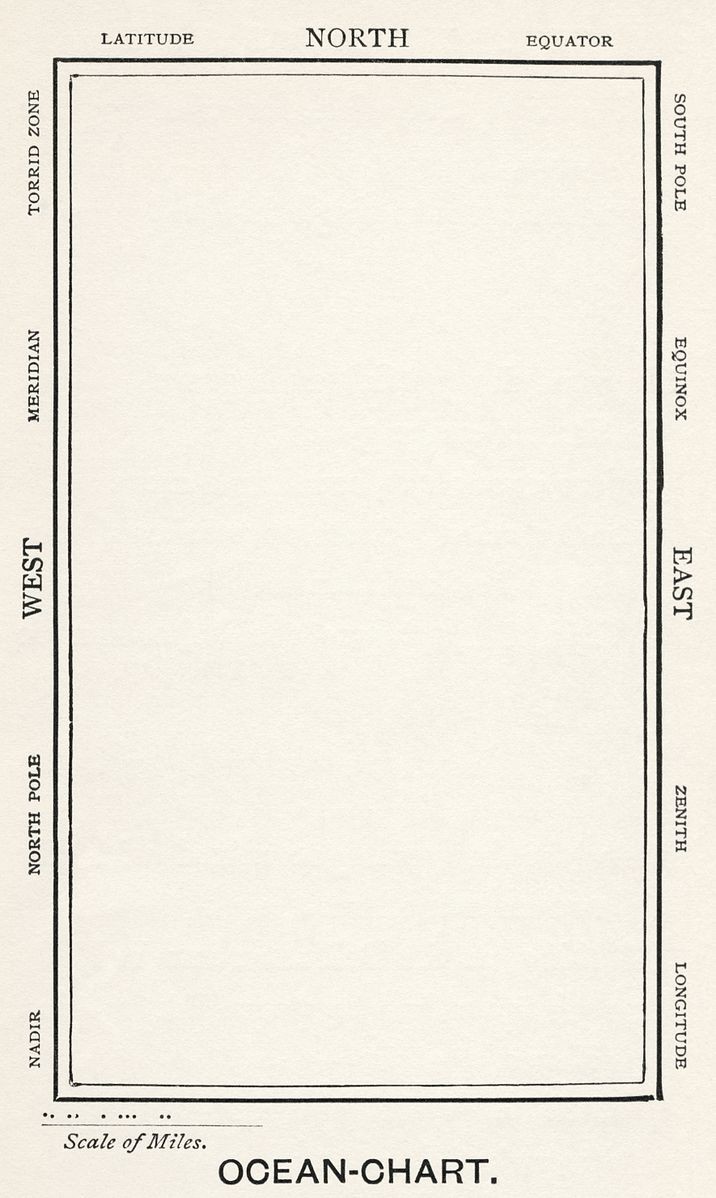


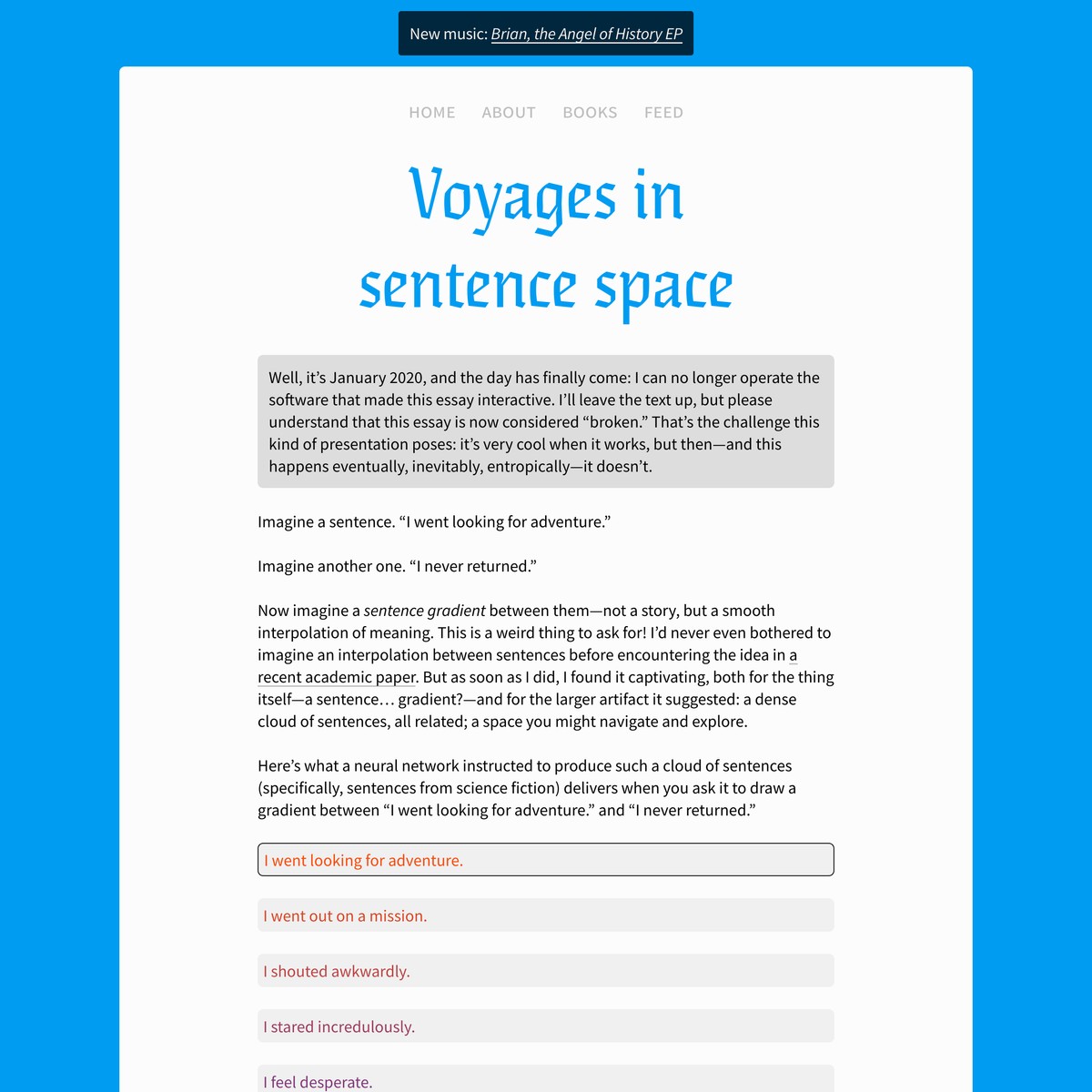














Imagine a sentence. “I went looking for adventure.”
Imagine another one. “I never returned.”
Now imagine a sentence gradient between them—not a story, but a smooth interpolation of meaning. This is a weird thing to ask for! I’d never even bothered to imagine an interpolation between sentences before encountering the idea in a recent academic paper. But as soon as I did, I found it captivating, both for the thing itself—a sentence… gradient?—and for the larger artifact it suggested: a dense cloud of sentences, all related; a space you might navigate and explore.
Imagine a sentence. “I went looking for adventure.”
Imagine another one. “I never returned.”
Now imagine a sentence gradient between them—not a story, but a smooth interpolation of meaning. This is a weird thing to ask for! I’d never even bothered to imagine an interpolation between sentences before encountering the idea in a recent academic paper. But as soon as I did, I found it captivating, both for the thing itself—a sentence… gradient?—and for the larger artifact it suggested: a dense cloud of sentences, all related; a space you might navigate and explore.
Imagine a sentence. “I went looking for adventure.”
Imagine another one. “I never returned.”
Now imagine a sentence gradient between them—not a story, but a smooth interpolation of meaning. This is a weird thing to ask for! I’d never even bothered to imagine an interpolation between sentences before encountering the idea in a recent academic paper. But as soon as I did, I found it captivating, both for the thing itself—a sentence… gradient?—and for the larger artifact it suggested: a dense cloud of sentences, all related; a space you might navigate and explore.
“Other maps are such shapes, with their islands and capes!
But we’ve got our brave Captain to thank”
(So the crew would protest) “that he’s bought us the best ———
A perfect and absolute blank!”
“Other maps are such shapes, with their islands and capes!
But we’ve got our brave Captain to thank”
(So the crew would protest) “that he’s bought us the best ———
A perfect and absolute blank!”
“Other maps are such shapes, with their islands and capes!
But we’ve got our brave Captain to thank”
(So the crew would protest) “that he’s bought us the best ———
A perfect and absolute blank!”